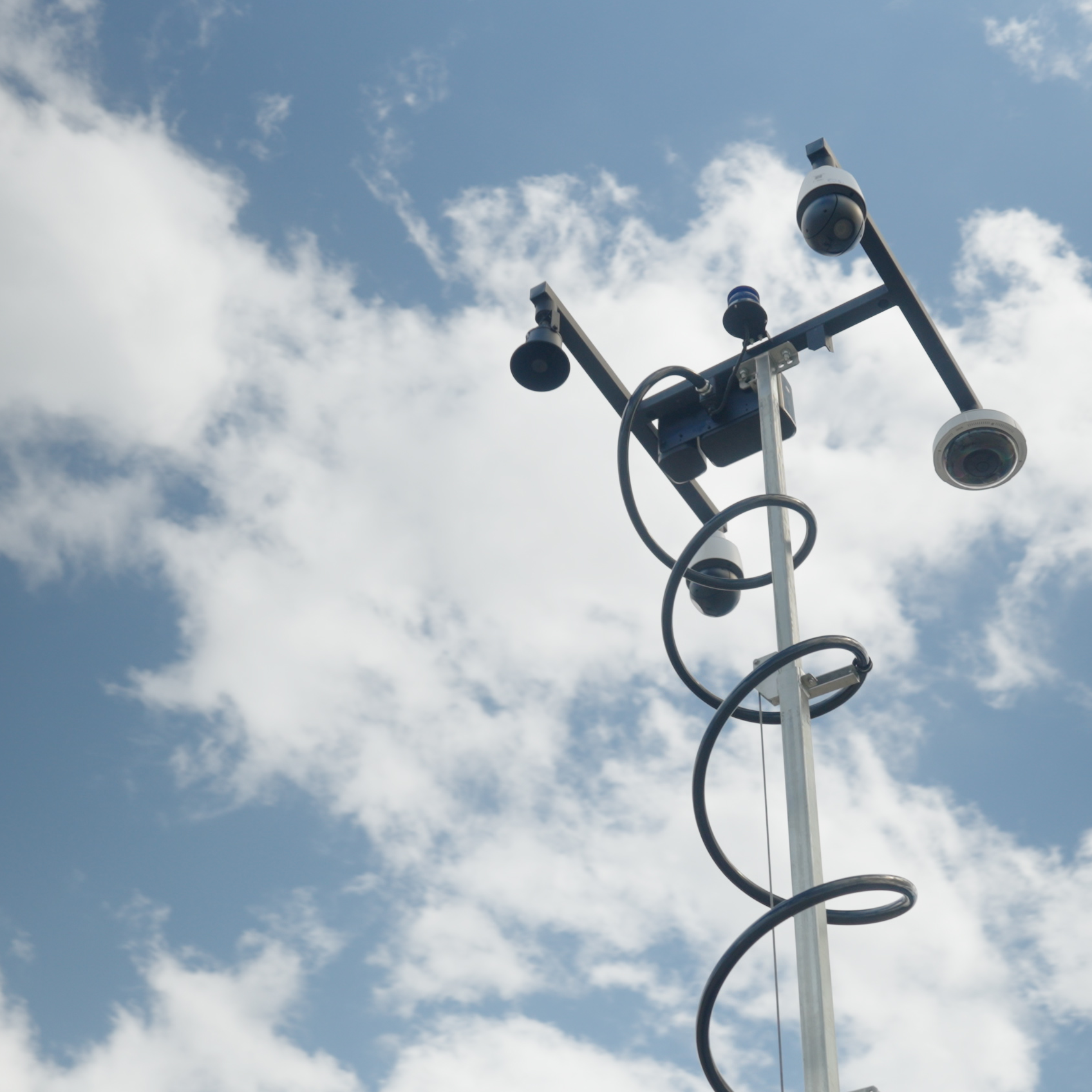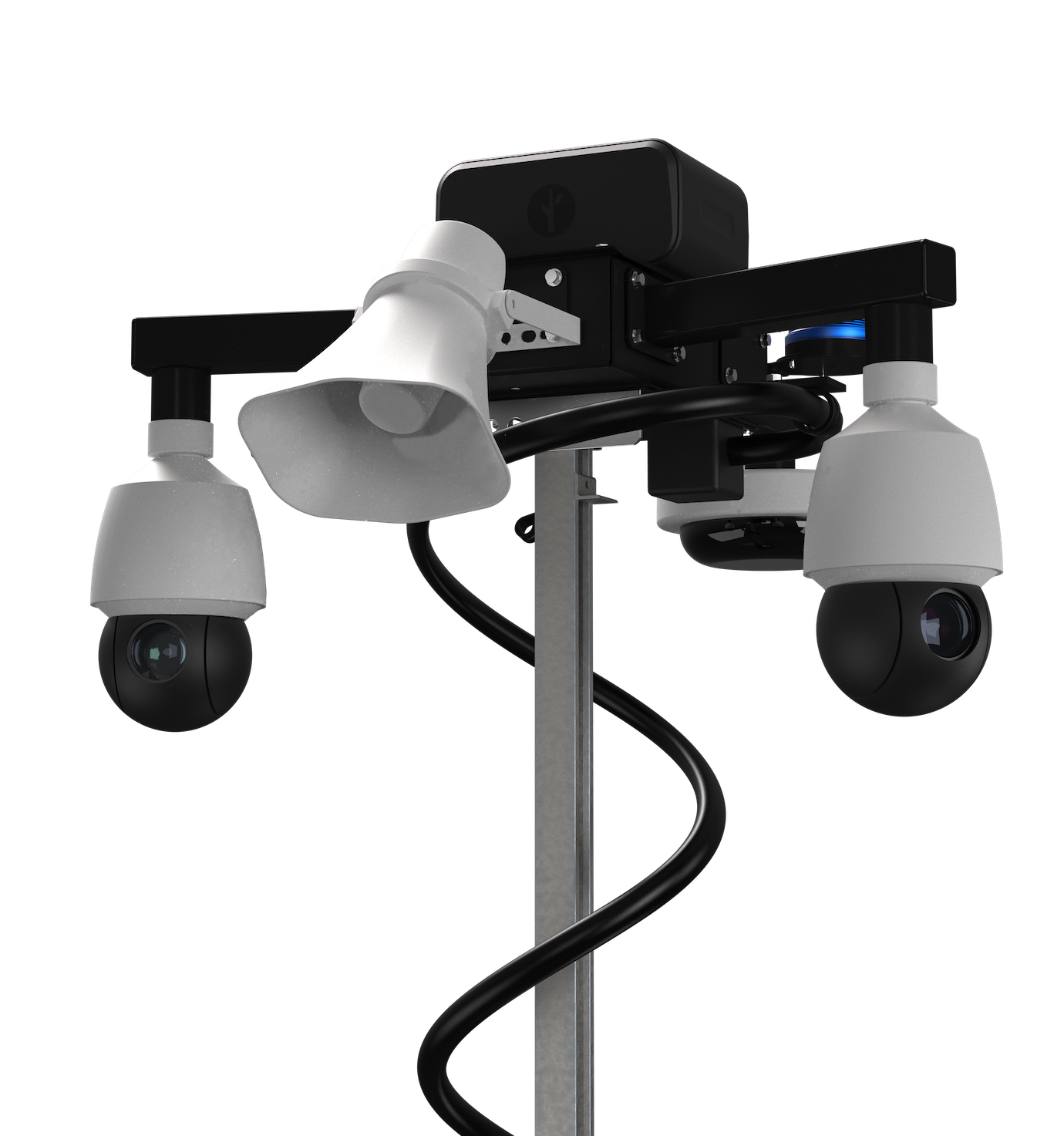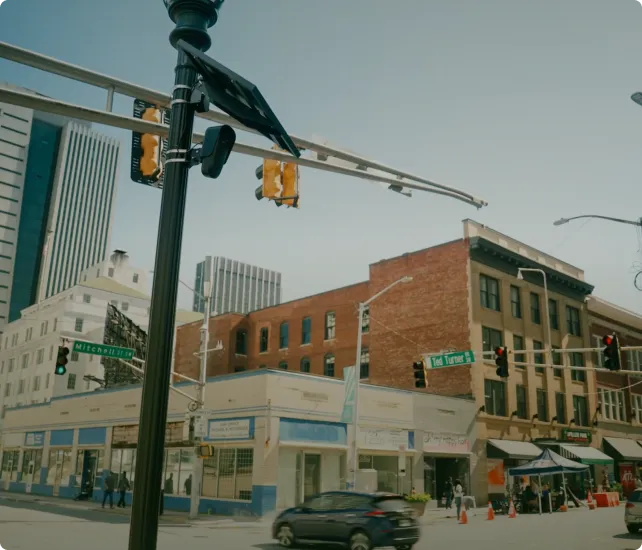


Organized Retail Crime (ORC) is a growing concern for both law enforcement and retailers. ORC rings often span multiple jurisdictions and involve various levels of organization and sophistication. At the 2024 International Association of Chiefs of Police Conference, Flock hosted a panel –– “Addressing Rising Retail Crime with Connected, AI-Driven Technology” –– which brought together experts from law enforcement and retail loss prevention to discuss emerging trends and effective strategies for combating this complex problem. Here are the top five takeaways from the panel, highlighting the insights that can make a real difference in the fight against ORC.
Takeaway 1: ORC Networks Are Becoming Increasingly Complex
One of the most pressing challenges with the current retail crime landscape is its evolution into a more formal network that resembles traditional organized crime in terms of structure and operations. ORC rings often have a clear hierarchy, with "boosters,"or those who steal merchandise, who then sell product to “fences”.
These operations go beyond simple theft. They can include violent tactics, such as “flash mob” style robberies, where large groups overwhelm a store’s defenses. The goods, ranging from high-end electronics to everyday items, are then funneled through fencing operations to be resold, usually online.
Takeaway 2: Technology as a Game-Changer in Crime Prevention
Technology, especially License Plate Recognition (LPR) systems, has transformed law enforcement's ability to track, monitor, and intervene in ORC incidents. LPR systems like Flock Safety’s cameras allow officers to pinpoint vehicles associated with ORC activities, track them across multiple locations, and connect related incidents. In high-traffic areas, this technology alerts officers in real time when a suspect’s vehicle enters a monitored area, enabling timely responses that deter or prevent theft.
In the Field:
Captain Hudson Bull from Fairfax County, VA explained how FCPD uses LPR technology to track vehicles involved in ORC incidents across multiple jurisdictions. By sharing LPR data and connecting seemingly isolated incidents, they can link a single suspect’s activities across counties and build stronger cases that better withstand scrutiny in court.
Additionally, advanced systems allow officers to backtrack suspects’ movements across a specific timeframe. This access to historical data helps law enforcement visualize the scope of ORC networks, offering insights into both operational patterns and organization structures.
Takeaway 3: Building Partnerships with Retailers for Proactive Crime Reduction
Another effective strategy is establishing a strong, proactive partnership between law enforcement and retail businesses. Since many ORC incidents occur in commercial spaces, building relationships with shopping centers and stores is an essential foundation in addressing such crimes. When law enforcement and retailers share information regularly, they create a community-level network of prevention and response.
By fostering open communication, retailers become more informed and vigilant about crime trends and specific ORC threats. Transparent discussions about the technology that law enforcement uses—and the tools needed to combat ORC—help establish trust and strengthen partnerships, ensuring both sides are aligned in addressing these crimes effectively.
Fairfax County PD even encourages its retail partners to undergo the same training as its officers, enabling them to understand how technology like LPR cameras is deployed and the significant impact it has in preventing and addressing ORC.
Takeaway 4: The Need for Specialized Training and Real-Time Crime Centers
The panel highlighted the importance of specialized training and dedicated real-time crime centers for handling ORC incidents effectively. Traditional law enforcement training doesn’t always cover the unique challenges posed by ORC, such as coordinating responses in crowded shopping centers or executing takedowns on ORC suspects in parking lots. Specific training modules, like those focused on takedowns in busy public areas, help officers respond safely and effectively.
Real-time crime centers also play a critical role in supporting patrol officers. These centers can monitor LPR alerts and coordinate responses across multiple jurisdictions. As explained by Captain Bull of Fairfax County PD.
Takeaway 5: Transparency and Community Support are Essential
Beyond technology and partnerships, community support is foundational to addressing organized retail crime. ORC affects community safety and, consequently, public perception. When community members understand the purpose and benefit of tools like LPR cameras, they are more likely to support local law enforcement efforts. Public meetings, transparency about privacy policies, and community education about the use of technology are all crucial to building this trust.
On the political side, new legislation can significantly strengthen ORC cases. In California, for example, a new law allows District Attorneys to charge ORC suspects across multiple counties—a critical advancement since many ORC rings operate across county lines. This legislative support allows law enforcement to pursue stronger, more cohesive cases against ORC offenders.
Overall, this group of law enforcement leaders brought to light the incredible progress being made in the fight against organized retail crime. From understanding the sophisticated operations behind ORC rings to leveraging technology, fostering partnerships, and gaining community support, there’s a clear pathway to reducing ORC’s impact.
Explore More





Contact us
Discover how communities across the country are using Flock to reduce crime and build safer neighborhoods.

.webp)









